Country 52/196: Lesotho
Destinations: Maseru, Makhalanyane, Lion’s Head Mountain, Mount Qiloane, Maletsunyane Falls (Semonkong), Mohale Dam
They call it ‘the kingdom in the sky’, we call it ‘a love child between the American canyons and the European Alps’. However you choose to call it, one thing is a fact: Lesotho is a beautiful, green, mountainous country. It is the only independent state in the world that lies entirely above 1,000 meters in elevation and it is a kingdom, therefore the official nickname makes total sense. As we have been told by locals, Lesotho is known for its large supplies of water, for diamonds, and for being the first African country to legalize cannabis for medicinal purposes. For us, it is a country of unbelievable natural beauty, countless hiking possibilities, rich culture, and exceptionally friendly people. ♥

What to do and what to see in Lesotho?
Lesotho turned out to be one of our favorite countries in Africa. It is a green, mountainous paradise, which offers plenty of adventures. However, it is a bit hard to get around. We tend to travel by public transportation, but the truth is that in Lesotho it is really hard to get around without a private car. The mini-buses don’t run on a fixed schedule, they tend to be overcrowded, and on longer distances, you’ll have to transfer often to reach your final destination. For locals, who can’t afford a car, hitchhiking is a very common practice. Well, after wasting a lot of time while waiting on buses, in the end, we managed to visit most of the places we were planning to visit in Lesotho.
Maseru and Makhalanyane
We flew in at the Maseru Airport and went straight to the closest guesthouse, which is located in Makhalanyane, a small village just outside of the capital.
We visited Maseru twice and we liked its typical African laid-back vibe, lively markets, welcoming people, and beautiful natural surroundings. But most of all we liked spending time at the Kick4Life restaurant/guesthouse/foundation, which is known for reinvesting 100% of their profits in supporting vulnerable young people by mentoring and educating them, offering life skills development, and even HIV prevention, testing, and counseling. We are always so happy to learn about such interesting projects and to support their noble causes.
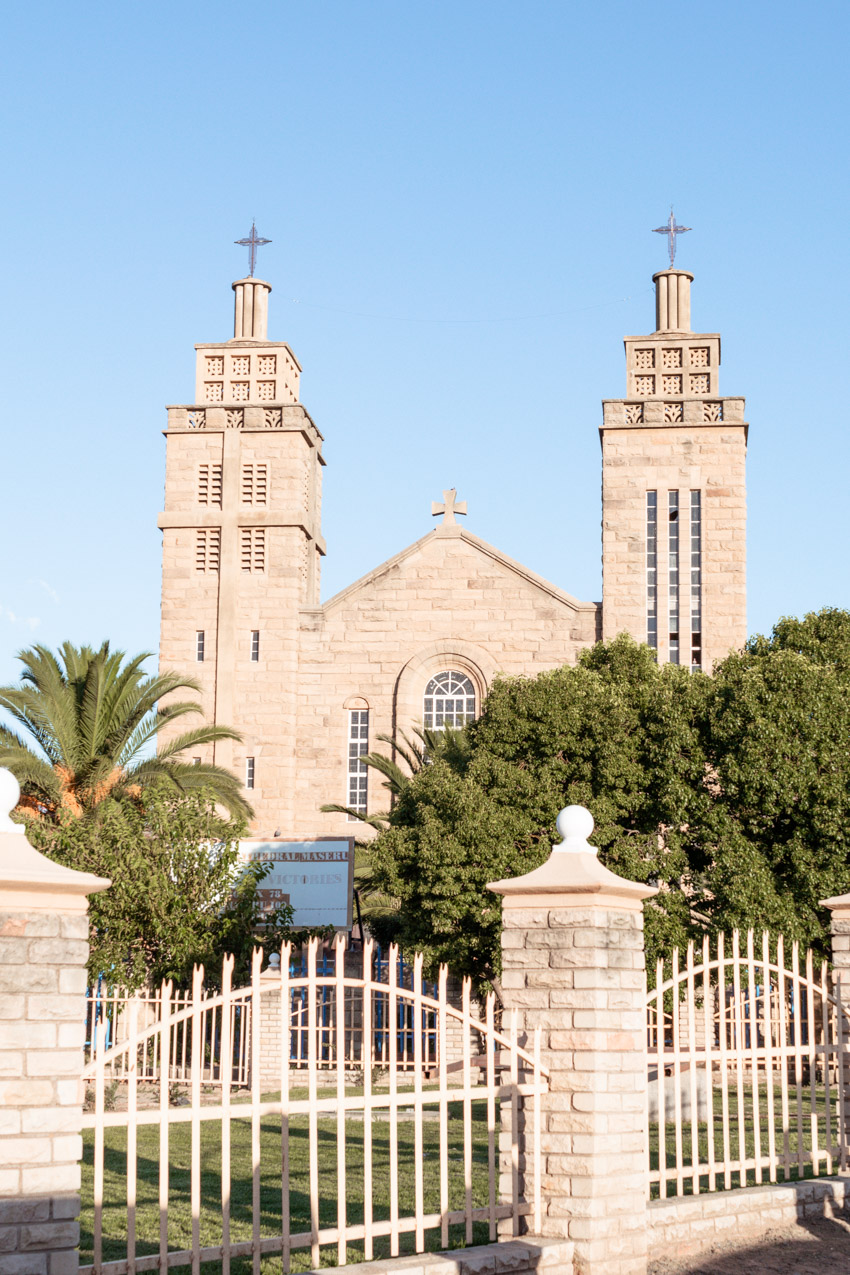
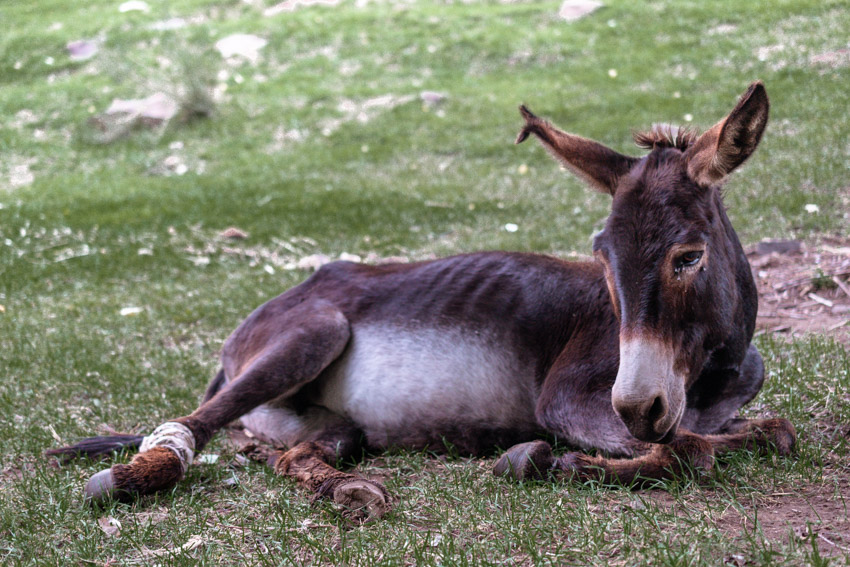
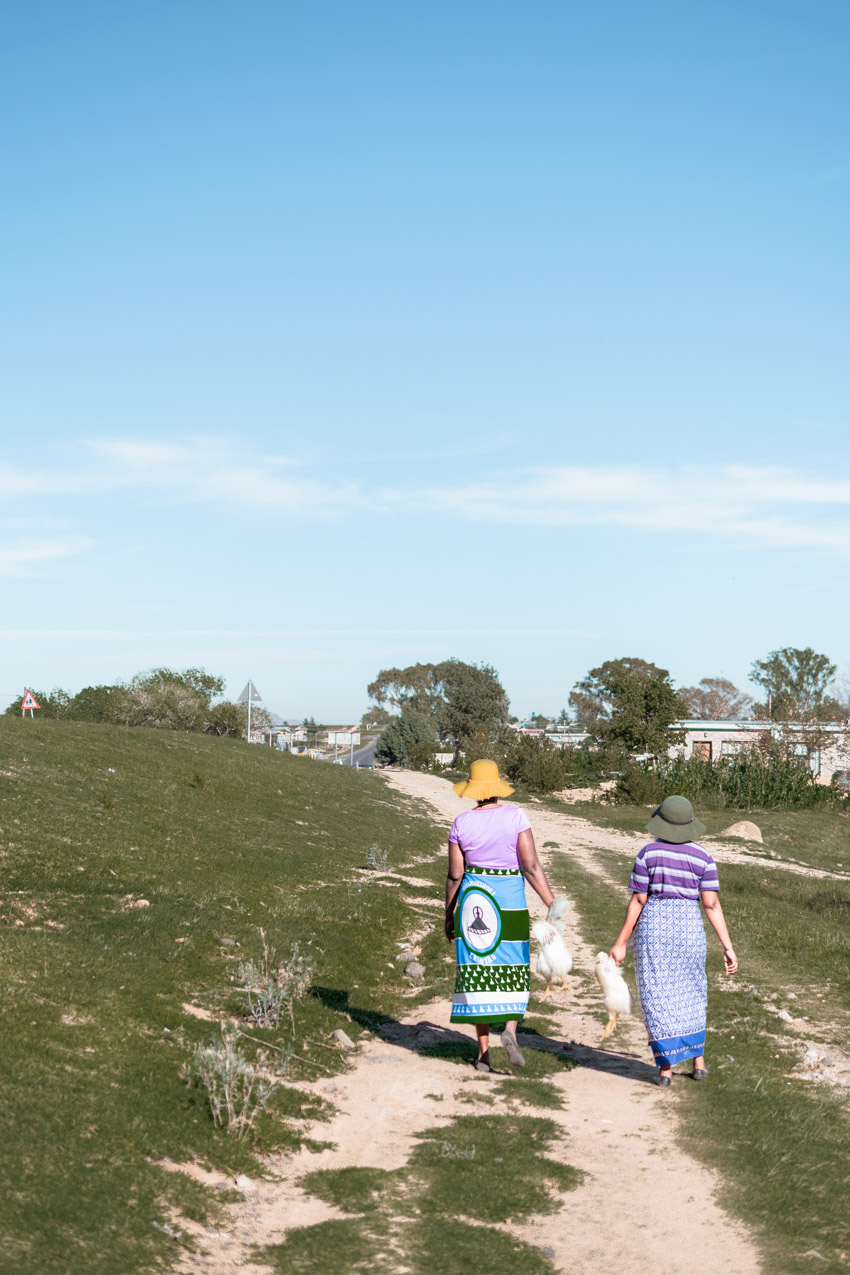

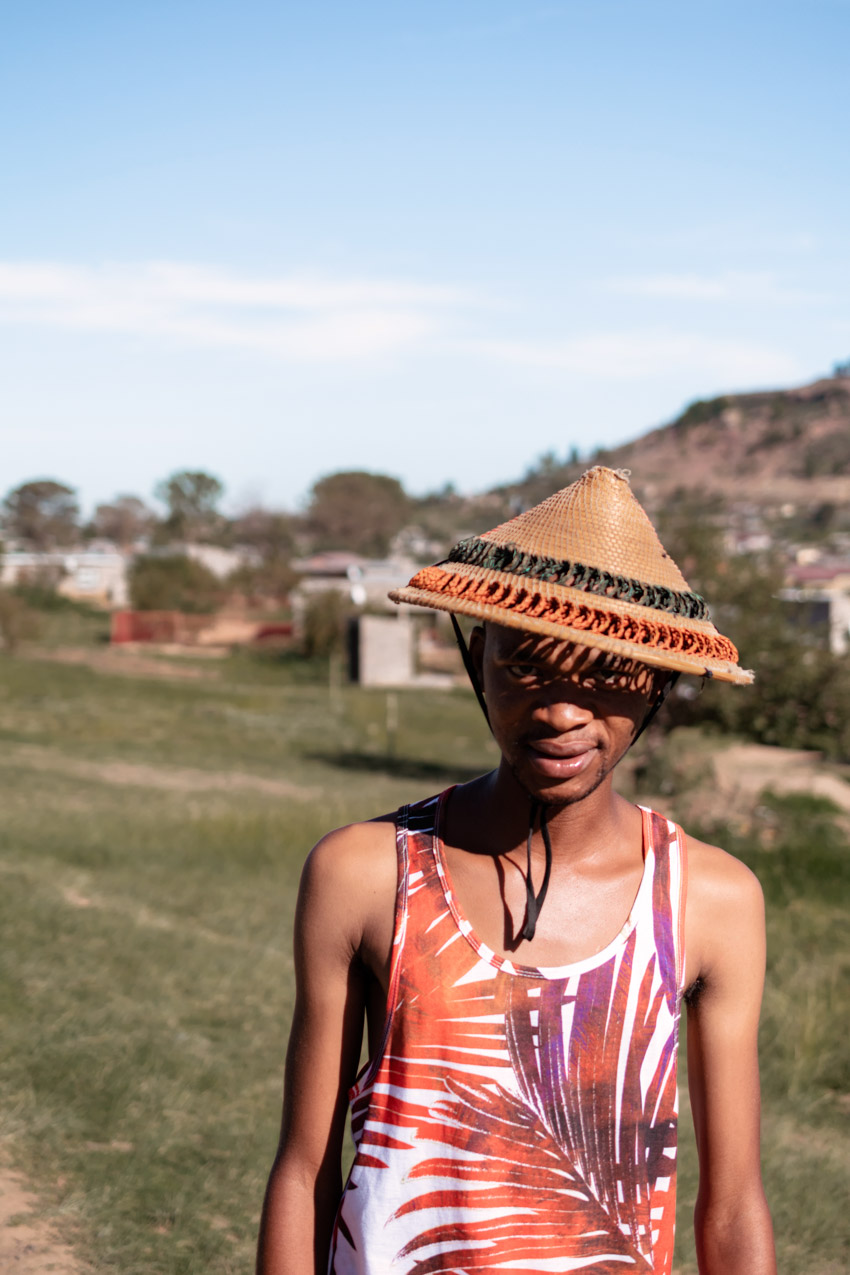
Lion’s Head Mountain, Mount Qiloane, and Thaba Bosiu
Near the capital, you can find a lot of interesting mountains and rock formations. One of the most popular mountains is the Lion’s Head Mountain, the top of which resembles a lion’s head. The other one is Mount Qiloane, an iconic conical mountain close to Thaba Bosiu (a sandstone plateau located in the former capital of Lesotho), which inspired the traditional Basotho Hat called mokorotlo. These mountains are definitely a must-see in Lesotho.
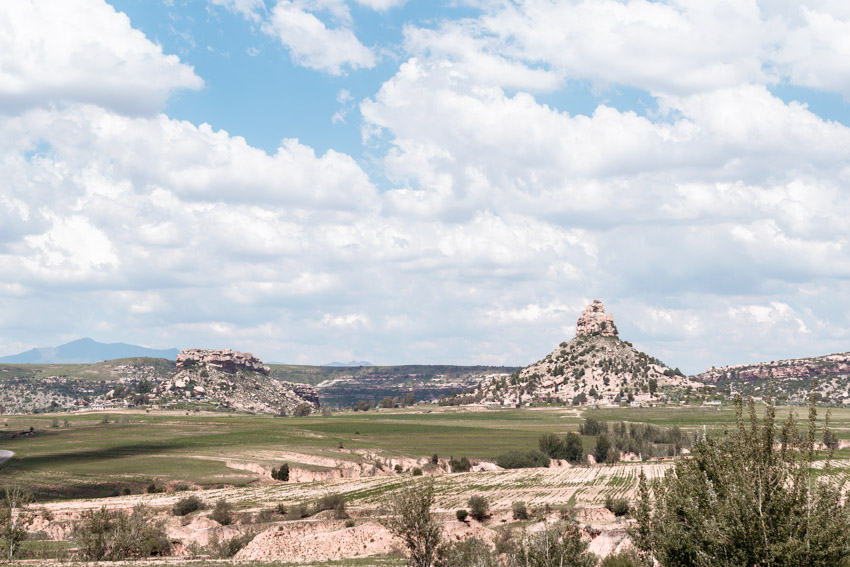



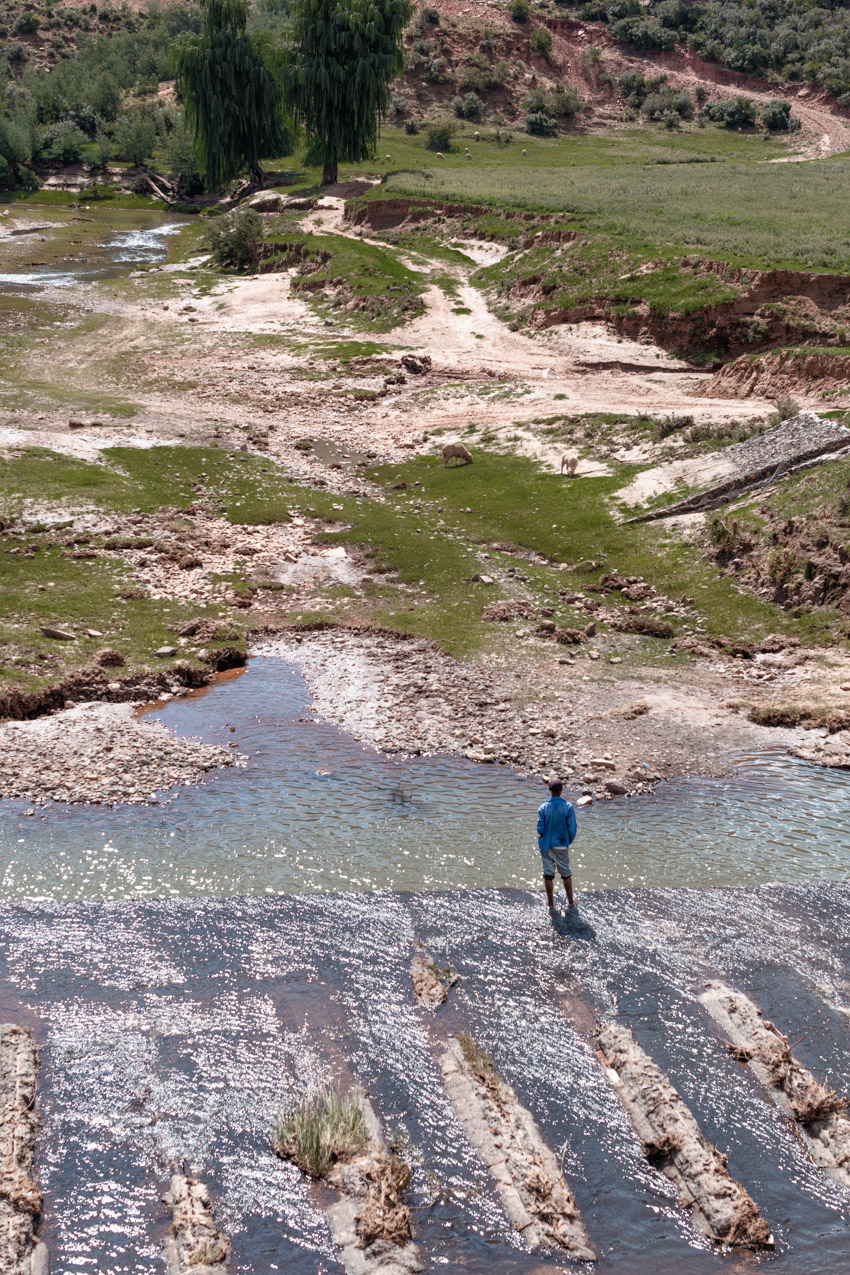
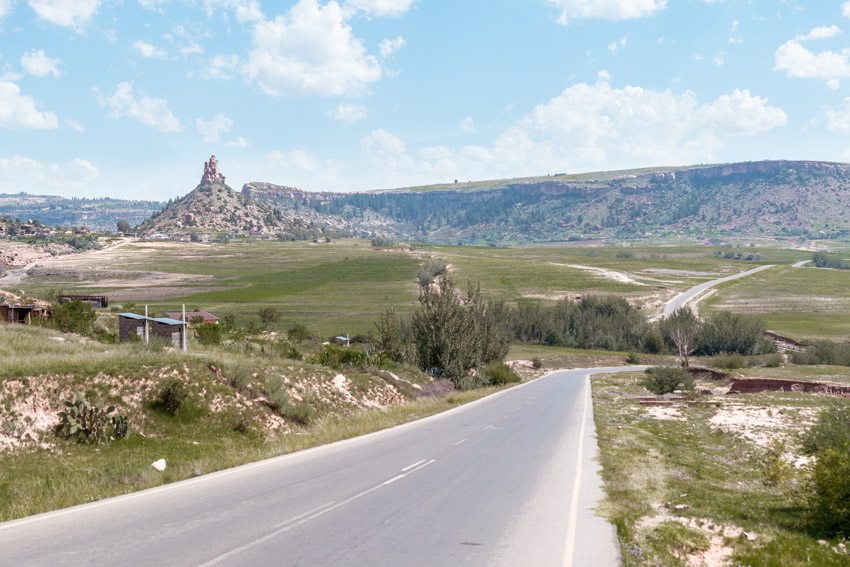

Maletsunyane Falls (Semonkong)
Maletsunyane Falls is Lesotho’s number one tourist attraction and for a good reason! The 192-meter-high waterfall is both beautiful and majestic. It is located near the town of Semonkong (Site of smoke), which was named after the falls – the actual site of smoke. The water is falling down the high cliff and the Maletsunyane River continues its way through the picturesque canyon.
We had a picnic on the other side of the canyon, overlooking the majestic waterfall and it was amazing. ♥
Due to the unreliable (or non-existent in the words of some locals we’ve met) public transportation, we had to wait for more than an hour to finally catch a ride to Semokong. There, we asked a taxi driver to take us to the falls. He was supposed to pick us up afterward, but he didn’t, so we took a ride back to the town (and later to the capital) with members of a great organization, fighting against HIV, which is a very big problem in Lesotho. It was a pleasure to meet these amazing people and to learn about their noble efforts. ♥



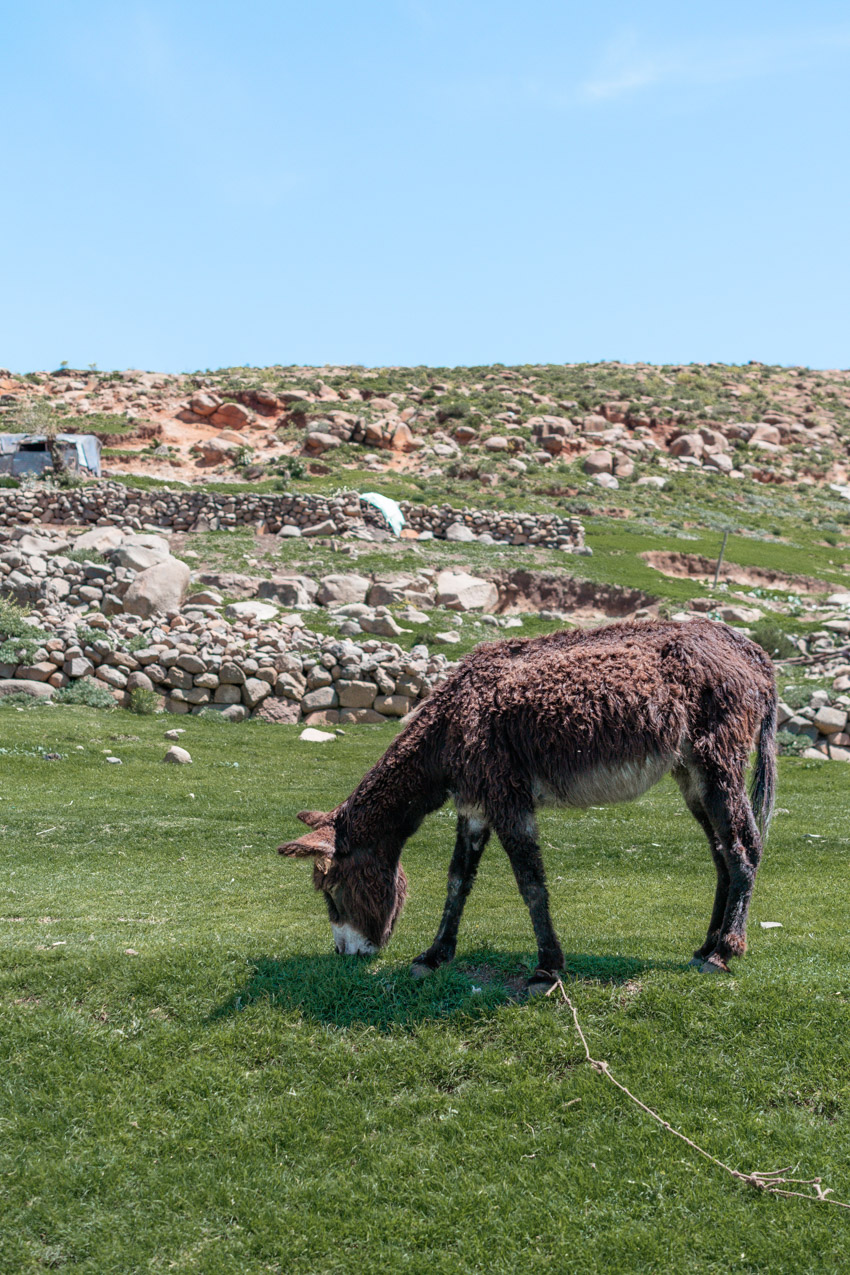
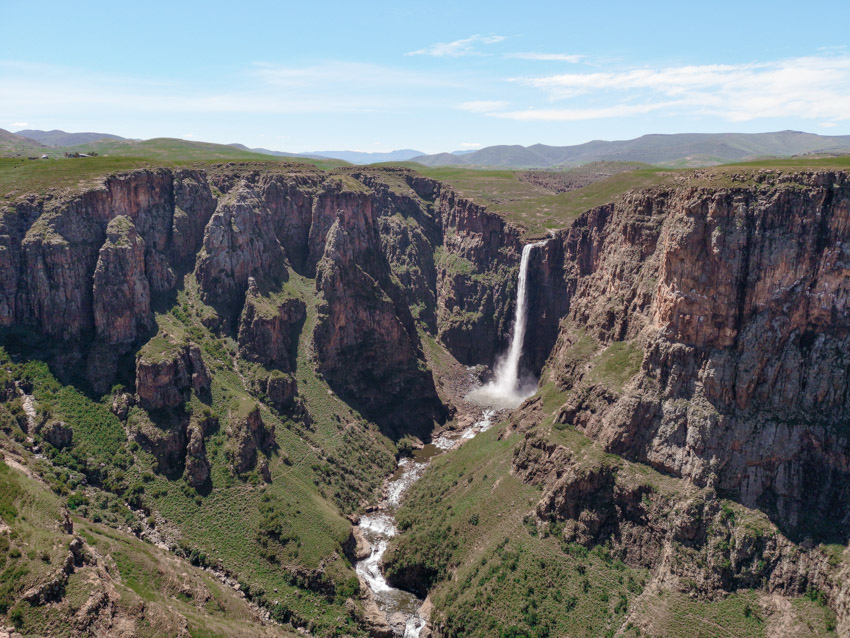


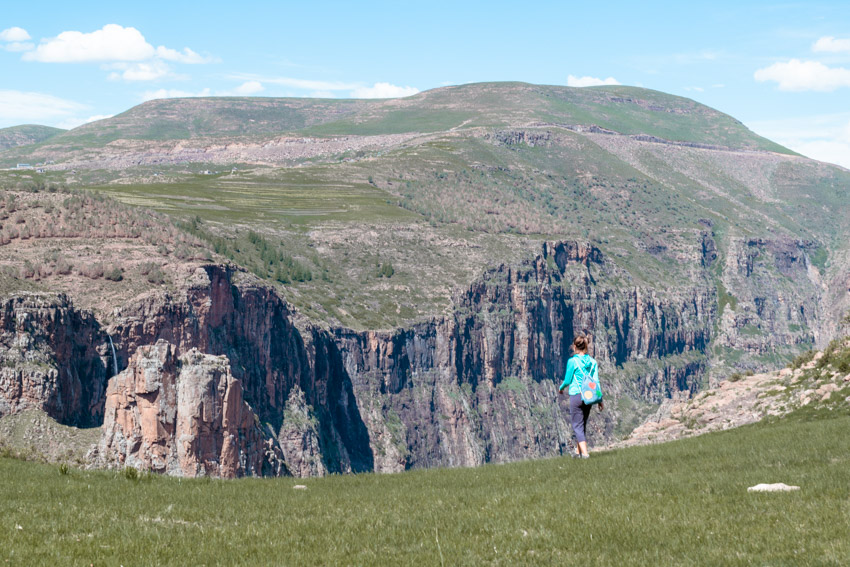
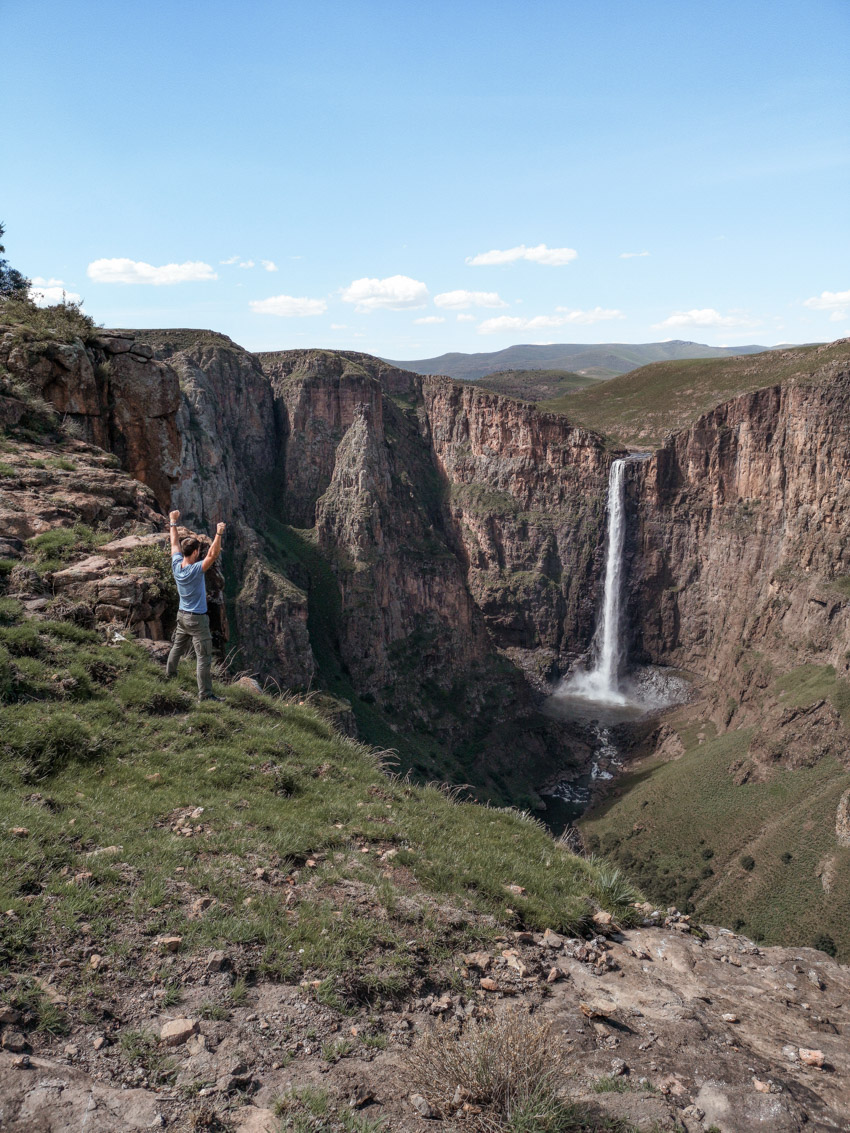
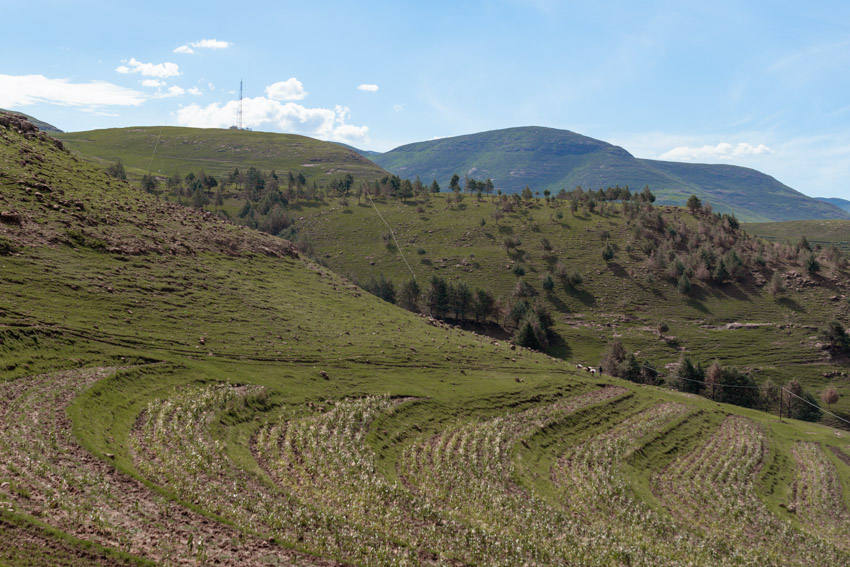
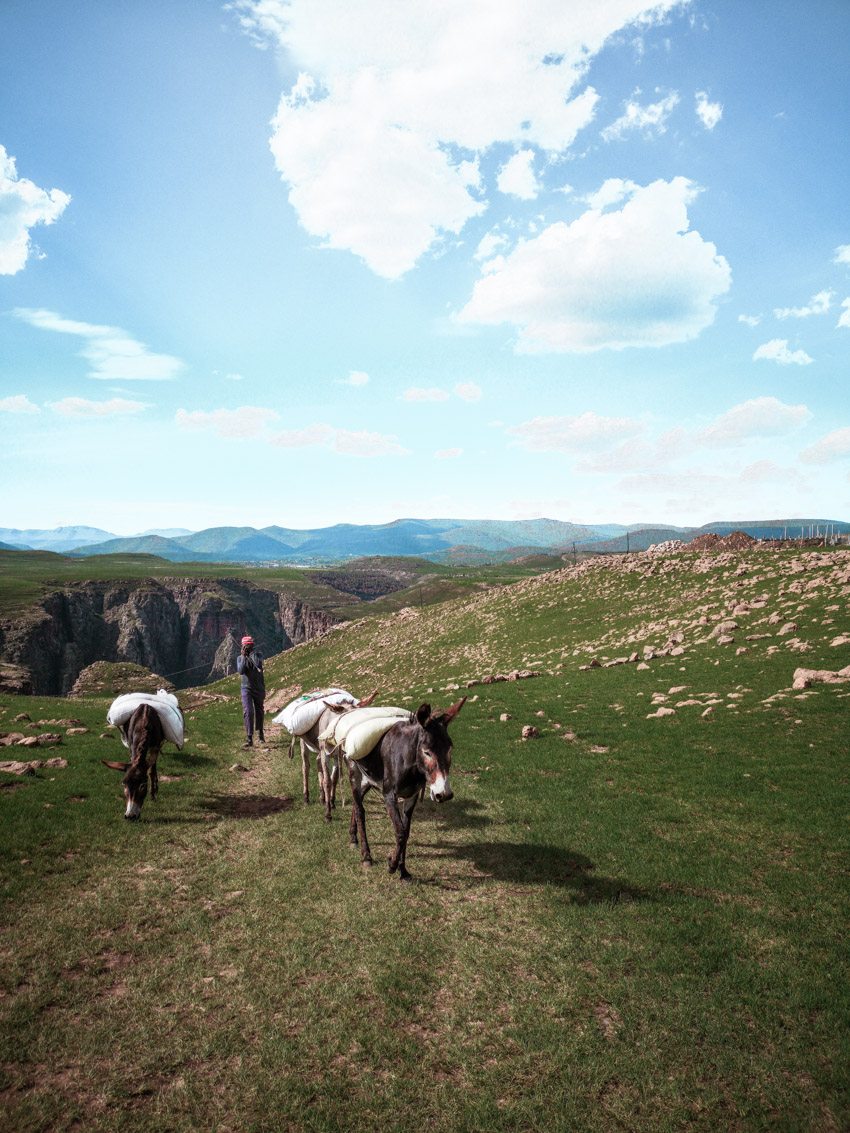
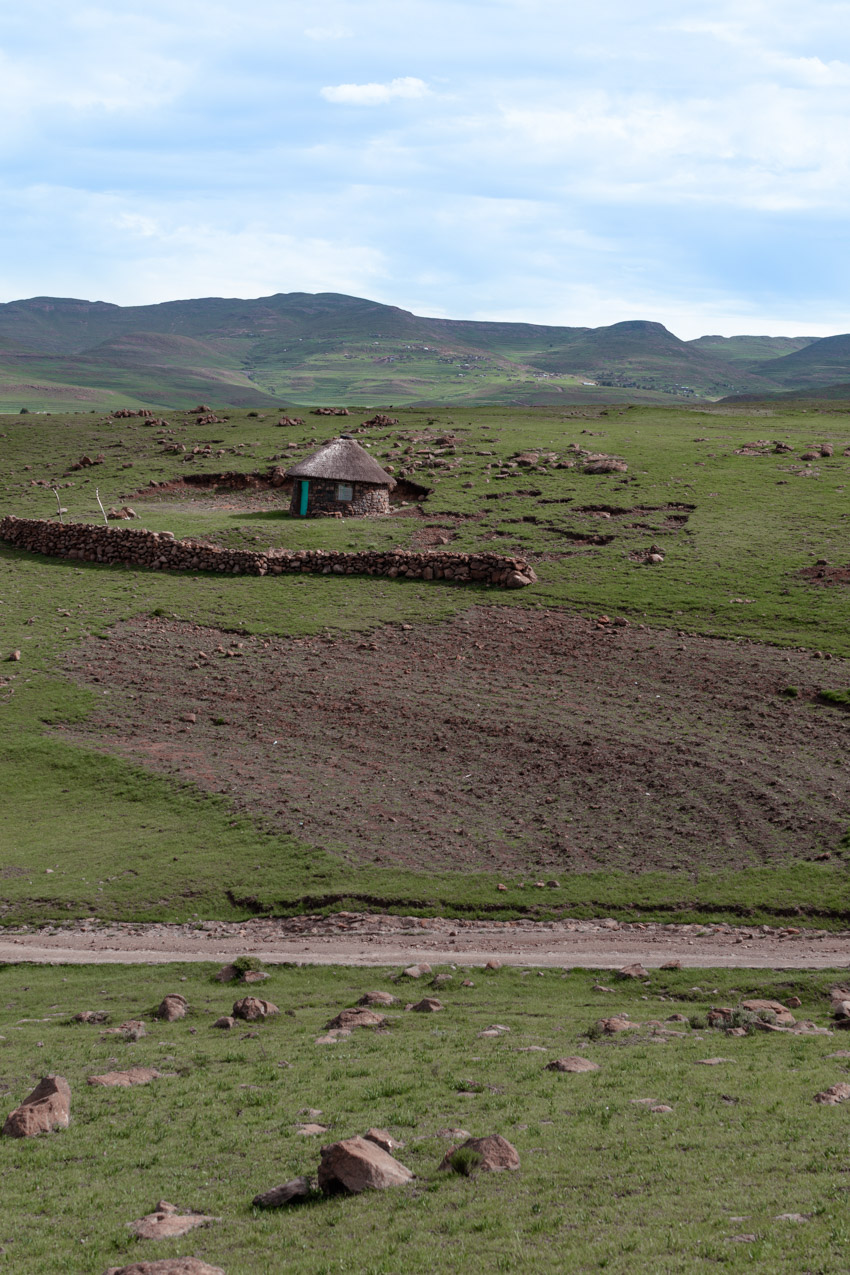
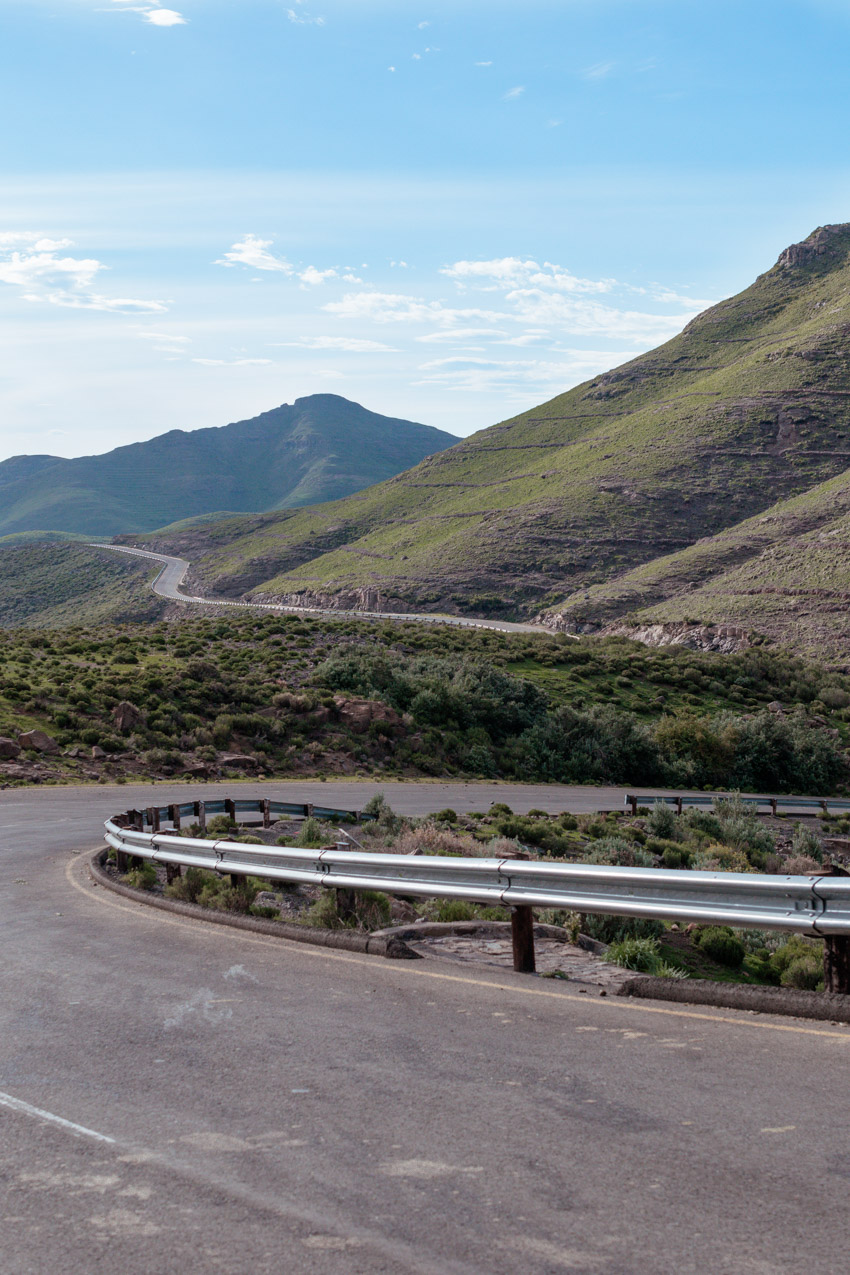

Mohale Dam
The first thing one should know about Lesotho is that it’s a fairly water-rich country. In fact, in recent decades they have constructed several dams for the Lesotho Highlands Water Project, which made Lesotho one of the main providers of water to South Africa. Katse Dam (which we were also planning to visit, but couldn’t find a ride) may be the largest dam, but Mohale Dam is considered the most beautiful dam in the country. The Mohale dam, which was built across the Senqunyane River, the spectacular amount of water, and the stunning surrounding hills make it one of the loveliest sites in Lesotho.
It was a great day for hiking, so we took our time to explore the area.
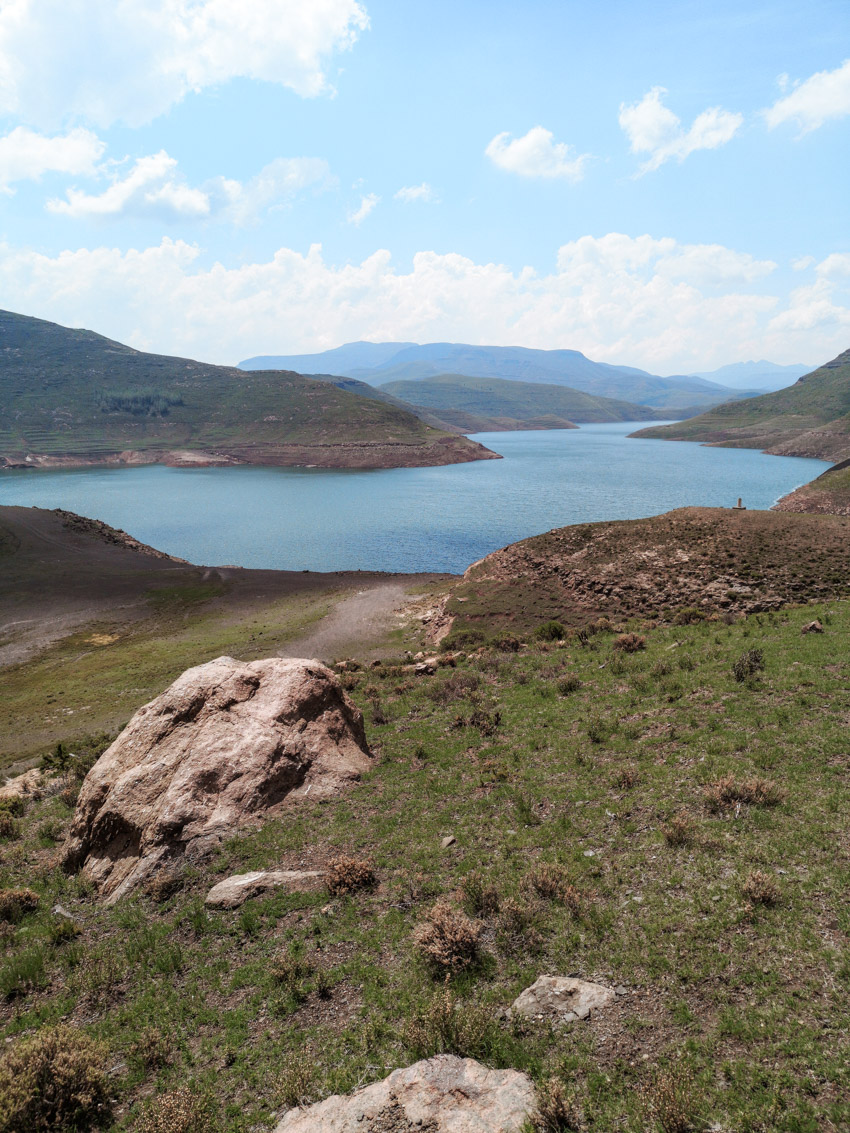

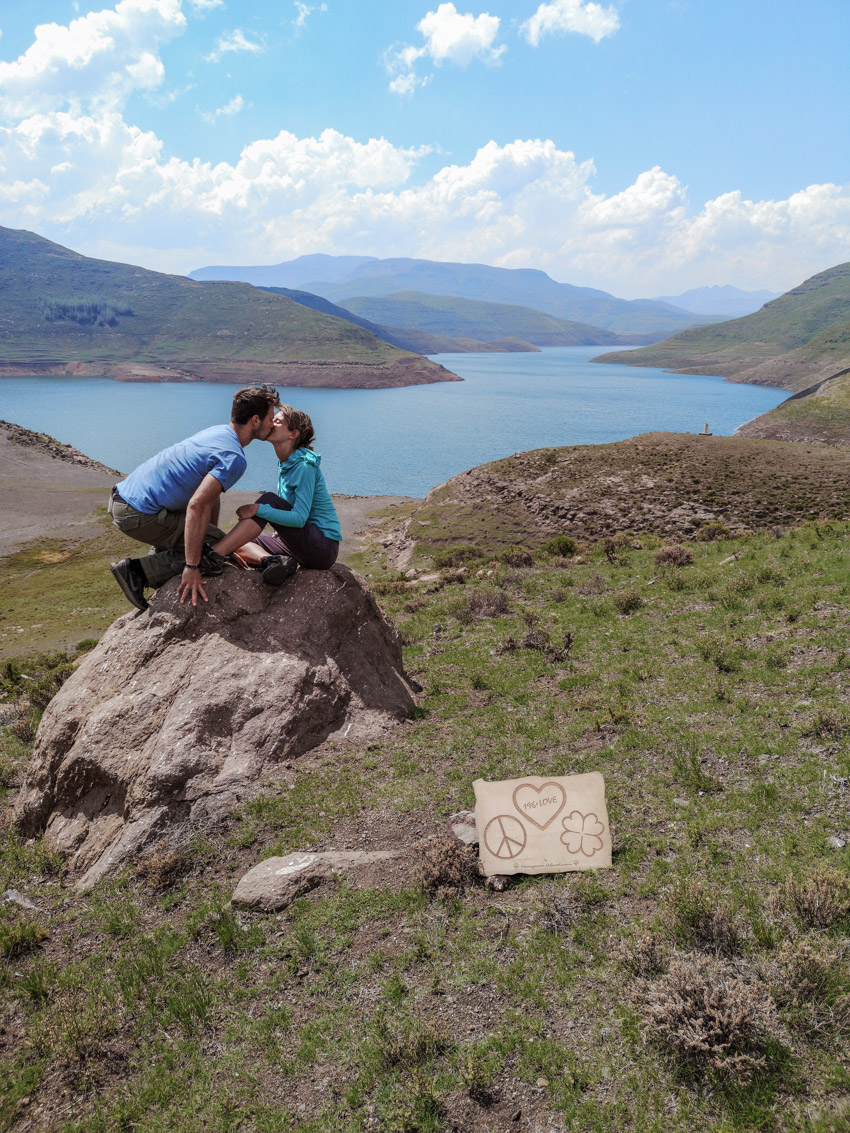
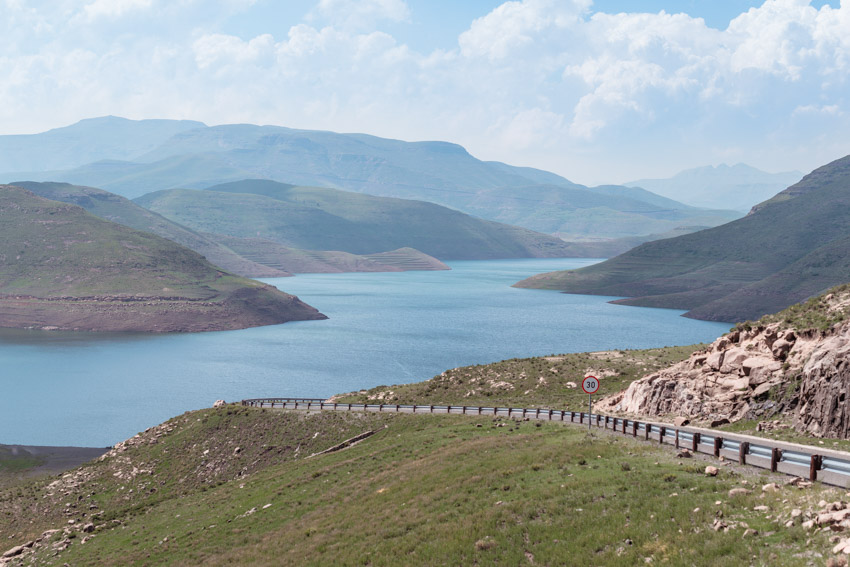




Where to stay
Lesotho is an increasingly popular destination for hikers and adventurous travelers, but it’s still mass-tourism free. It offers lots of simple yet cozy guesthouses and very few large hotels.
Are you planning a trip to Lesotho? Here you can get a room with a 10% discount!
Budget
Lesotho is an inexpensive travel destination. Midrange hotel rooms for couples tend to cost around 30-100 USD (25-85 EUR) a night. The average price for a meal is 3-10 USD (2.5-8.5 EUR). Local transportation is cheap but it is rare and in our experience pretty unreliable (there may be just one minibus a day, especially outside of the cities). Many travelers decide to rent a car or hitchhike instead.
Best time to visit
The best time to visit Lesotho is during the spring and autumn (September, October, March, April) when the temperatures are generally pleasant. The temperatures are the highest during the summer (October to April), but this is also the rainiest season. Skiing is an option in July, August, and September.
Environmental issues
Lesotho’s most pressing environmental challenges include severe land degradation, inappropriate agronomic practices, and overgrazing. Coupled with the impact of climate change and socioeconomic issues, these challenges threaten sustainable food production. Due to the fact that the country does not have adequate resilience to climate change, it is more vulnerable to extreme weather conditions and other negative impacts. In recent years, Lesotho has experienced an alarming number of floods and droughts, severe water shortages in an otherwise water-rich country, and a steady agricultural decline. Severe deforestation due to increasing urbanization, over-exploitation of natural resources, and pollution (mostly in urban areas). On the bright side, Lesotho’s CO2 emissions remain relatively low and its main energy source is hydropower.
Romance and adventure
Lesotho offers numerous unbelievable adventures. You can go hiking, skiing, pony trekking, explore the country’s vast plains, mountains, and canyons, visit the many scenic water dams, or hang out with the friendly locals. There is also lots of romance in the countless lovely sights.
196xLOVE
Found lots of LOVE in Lesotho. 
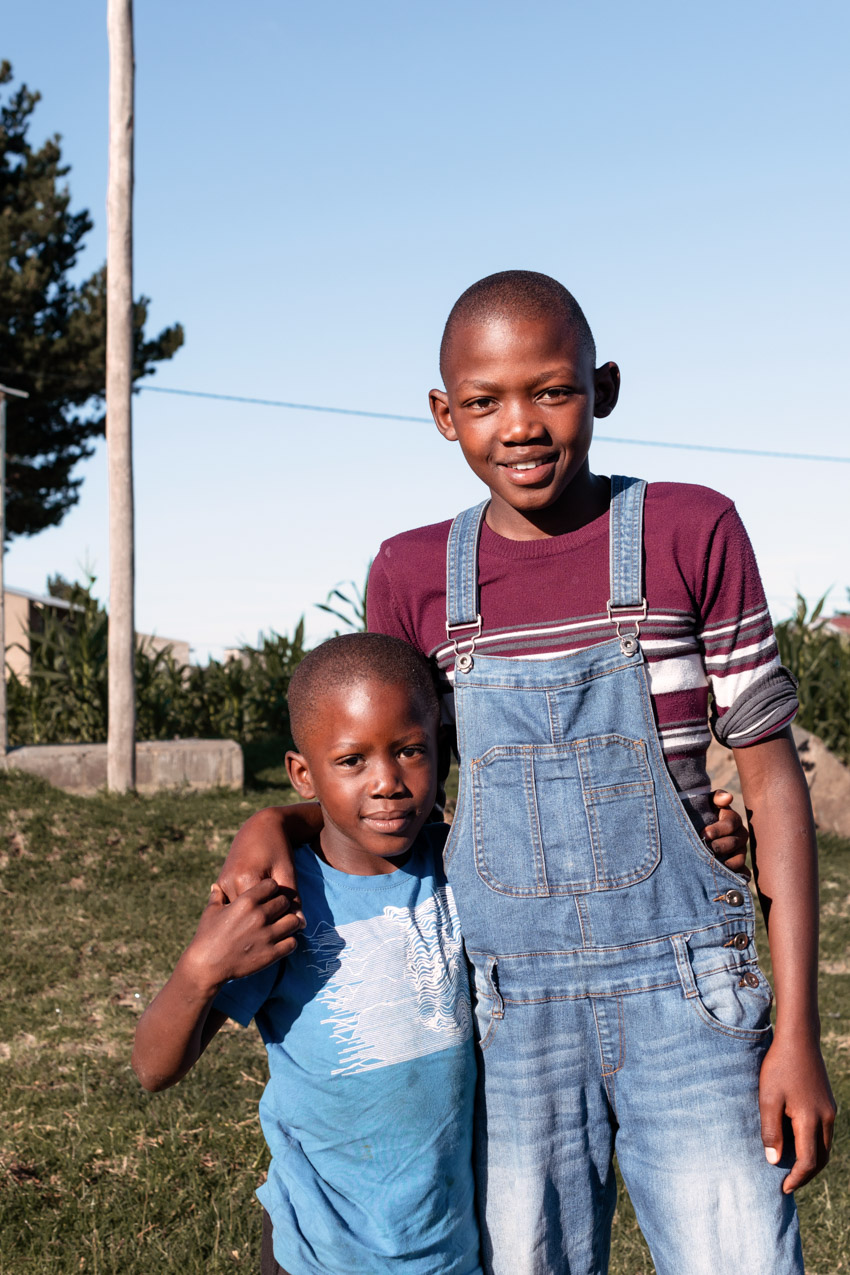
Honeymoon rating of the visited destinations: ♥♥♥♥♥♥♥♥♡♡
Both the country’s official nickname ‘The kingdom in the sky’, as well as our own nickname for Lesotho ‘A love child between the American canyons and the European Alps’ are enough proof that visiting Lesotho may be a very good idea. 
* Note: This is NOT a general rating of the country, it is merely our personal opinion of the mentioned site(s) as honeymoon destinations, based on the level of tourism development, the number and quality of romantic and adventurous activities and sites it offers, and safety. We strongly believe that every country is beautiful in its own way, they may simply be more or less honeymoon oriented/friendly.
** Follow our journey on Instagram. 
*** Use the form on the sidebar to subscribe to our newsletter and get a free customized e-postcard from every country!





 Destinations:
Destinations:

 Desti
Desti

 Destination:
Destination: 




 Destination: B
Destination: B



 De
De
